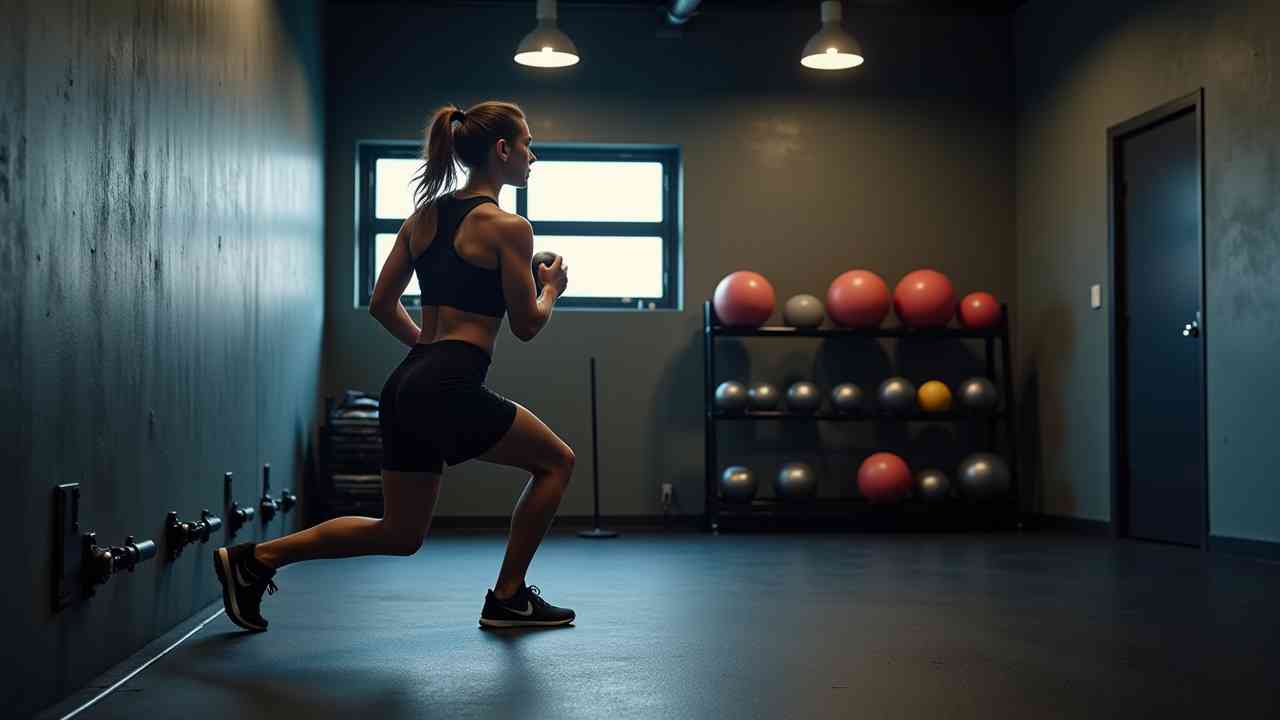
🏋️♂️ A Trainer's Guide to Medicine Ball Weight (How to Choose the Right One)
🏋️♂️ A Trainer's Guide to Medicine Ball Weight (How to Choose Yours) 🏋️♂️
The medicine ball is one of the oldest and most versatile pieces of fitness equipment. It's a staple in gyms for a reason: it's fantastic for building explosive power, strengthening your core, and adding a new challenge to your cardio. But when you're faced with a rack of them, the main question is: what medicine ball weight should you use?
Choosing the right weight is the most important step. The wrong weight can make an exercise ineffective or, even worse, lead to injury. This guide will break down how to choose the perfect weight for your goals. It's a great time to find the right gear for your indoor workouts as the cool autumn weather sets in. 🍂
🤔 First, Why Does the Weight Matter So Much?
The biggest mistake beginners make is thinking "heavier is better." With a medicine ball, this is rarely true. The weight you choose should directly match your fitness goal for that specific exercise.
- For Speed & Power (e.g., Slams, Rotational Throws): You need a lighter ball. The goal is to move the ball as fast and explosively as possible while maintaining perfect form. A ball that is too heavy will slow you down and compromise the goal of the exercise.
- For Strength & Load (e.g., Squats, Lunges): You need a heavier ball. Here, the ball is used just like a dumbbell or kettlebell to add resistance to a traditional strength move. It should be challenging.
- A Simple Weight Guide for Beginners
Here is a general starting point. Always err on the side of caution—it's better to start too light and work your way up.
What are Light Medicine Balls (4-8 lbs / 2-4 kg) good for?
This is the perfect weight for beginners and for exercises that involve high-speed, explosive, or rotational (twisting) movements. This is the weight you want for:
- Medicine Ball Slams
- Russian Twists
- Overhead Throws
What are Medium Medicine Balls (10-14 lbs / 5-6 kg) good for?
This is the "all-purpose" sweet spot. It's heavy enough to provide a challenge for strength but light enough for dynamic movements. This is the weight you want for:
- Wall Balls
- Goblet Squats
- Weighted Lunges
- Partner Tosses
What are Heavy Medicine Balls (15-20+ lbs / 7-9+ kg) good for?
These are advanced weights. They are used almost exclusively for strength-building exercises, not for high-speed slams. You would use a heavy ball for:
- Loaded Carries
- Heavy Squats
- Floor Presses
⭐ What Is the Most Important Rule?
The golden rule is Form Over Weight, Always. You should be in complete control of the medicine ball weight through the entire movement. If your form starts to break down, you're wobbling, or you can't maintain speed in a power exercise, the weight is too heavy. Drop to a lighter ball, master the movement, and get strong safely. 💪